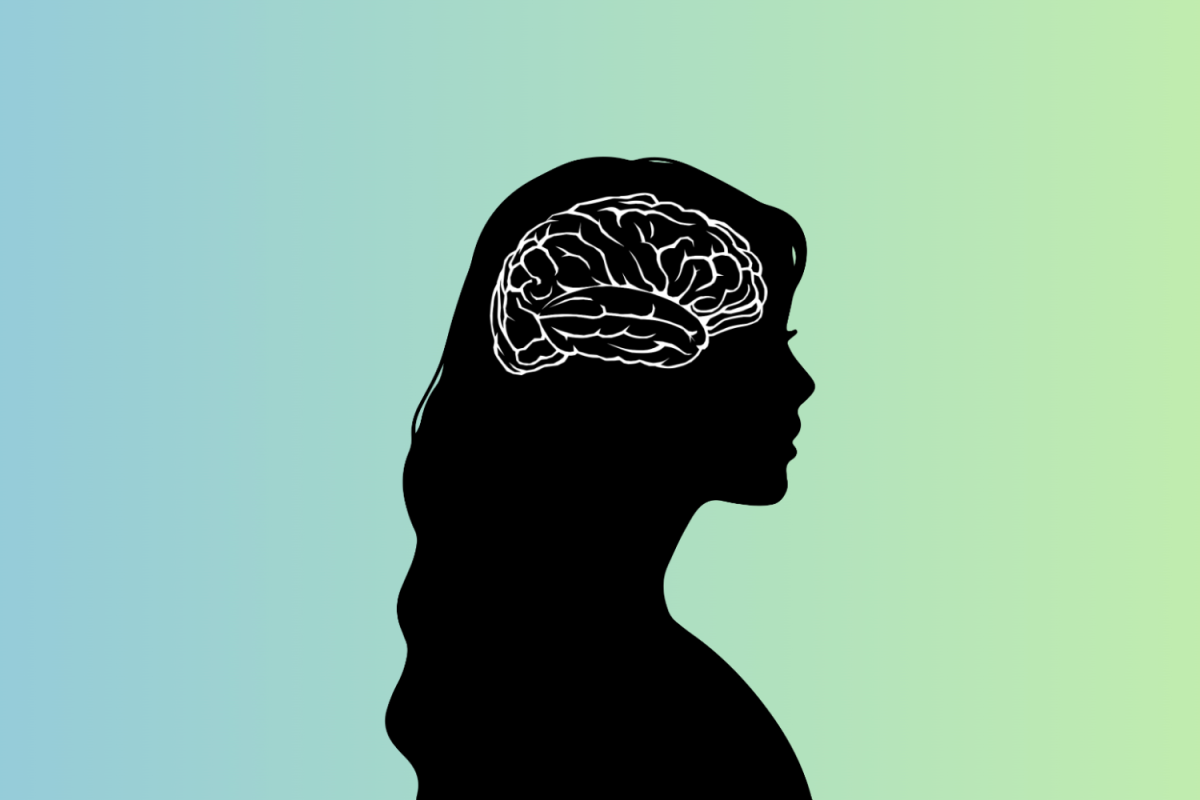Adolescence is a formative time in an individual’s life during which physical, emotional, and social changes occur. Globally, one in seven adolescents experience a mental health condition. Youth facing mental health conditions are more vulnerable to social exclusion, discrimination, stigma, educational difficulties, risk-taking behaviors, physical ill-health, and human rights violations, according to who.int. Despite an increase in mental health awareness in recent years, many adolescents still face hidden battles daily. Therefore, it is essential to talk about mental health in order to cultivate protective, supportive, and safe environments.
Adolescents are more susceptible to mental health challenges when exposed to factors such as poverty, abuse, violence, and socioeconomic problems. Risks might also include exposure to social adversity, pressure to conform with peers, exploration of identity, media influence, and gender norms, according to who.int. The years of adolescence are the time in which an individual develops from a child to an adult. These years involve significant physical and mental changes that set the stage for adulthood. As critical social and emotional habits develop during this period, caring environments in the family, school, and wider community are essential, according to who.int. While increasing pressure and expectations on teens throughout their adolescent years can outweigh mental well-being, it is yet even more imperative during this period to cultivate environments that support and discuss mental health.

In a new survey published at the Columbia University Mailman School of Public Health and the University of Iowa, researchers reveal that the growth of mental health conditions occurs most notably among girls. A research review article, co-authored by Dr. Katherine Keyes, professor of epidemiology at Columbia University Mailman School, and Dr. Jonathan Platt, assistant professor of epidemiology at UI, summarizes various studies about child psychology and psychiatry published in the last 15 years, according to publichealth.columbia.edu. Specifically, girls and women are more likely than boys and men to face mental health struggles. Thus, teen girls’ mental health conditions call for wider recognition. Dr. Platt commented on the scope and depth of mental health conditions in girls and women specifically.
“The evidence is accumulating that these increases are not just noise in the data, but true increases affecting the lives of millions of adolescents and their families,” Dr. Platt said. “Across clinical and community settings and measured with various instruments, girls and women are more likely than boys and men to experience a range of internalizing conditions and symptoms, including depression, psychological distress, anxiety, and suicidal ideation.”
Anxiety, depression, and behavioral disorders are some of the main causes of illness and disability for adolescents. Suicide is the third leading cause of death among individuals between 15 to 29 years old. Anxiety disorders are the most prevalent condition in this age group, impacting about 4.4 percent of early adolescents and 5.5 percent of late adolescents. An estimated 1.4 percent of 10 to 15 year-olds and 3.5 percent of 15 to 19 year-olds experience depression. Behavioral disorders such as attention deficit hyperactivity disorder (ADHD) occur among about 2.9 percent of 10 to 14 year-olds and 2.2 percent of 15 to 19 year-olds. In addition, conduct disorder occurs in 3.5 percent of 10 to 14 year-olds and 1.9 percent of 15 to 19 year-olds. Furthermore, eating disorders such as anorexia nervosa and bulimia nervosa, which involve abnormal eating behavior and preoccupation with food and can affect physical health, are more common in girls, according to who.int. Because mental health challenges manifest in various ways, they are more common than many realize. Hence, awareness is critical, as these conditions impact many areas of adolescent growth and development beyond mental repercussions.

Ensuring access to mental health care in addition to promoting socio-emotional learning and psychological well-being is essential for adolescents, according to who.int. Since half of mental health disorders begin by the age of 14, schools serve as an essential safety net for children and adolescents whose home environment does not meet their basic physical, emotional, and social needs, according to unicef.org. Failure to address mental health concerns in these formative years can impair both mental and physical health in the future and limit opportunities to lead fulfilling lives later on.
In order to address mental health challenges at a young age, others need to recognize and acknowledge those suffering. Managing mental health has lasting implications on lives, and these struggles can often be invisible. Therefore, it is paramount that adolescents talk about mental health and check in on each other. It is also important for those who are struggling to speak up and ask for help. Mental health conditions are more common among youth than most realize, so it is essential to normalize and encourage conversations concerning these topics and to support those who may struggle.
Featured Image by Brianna Timlin ’26




